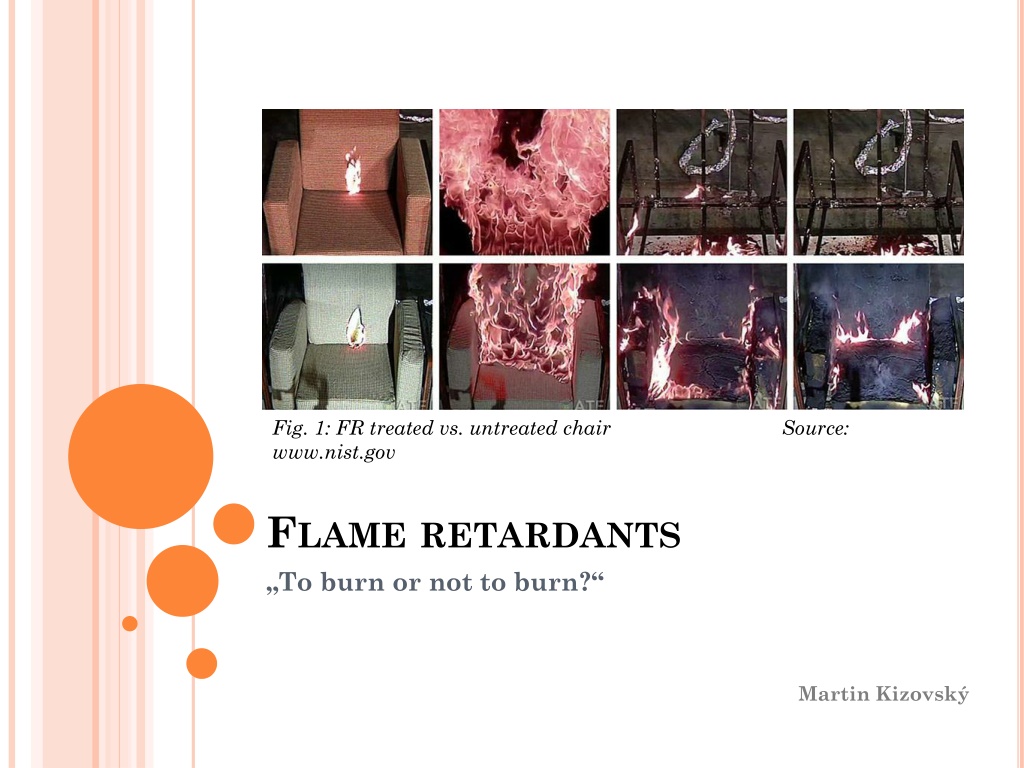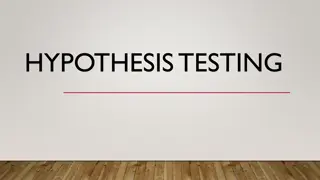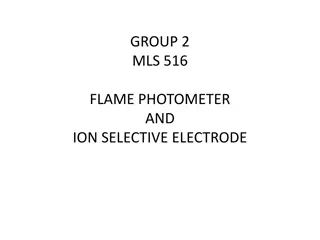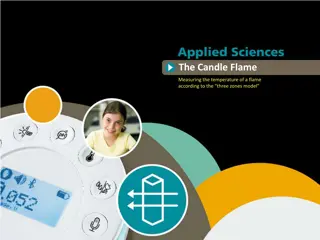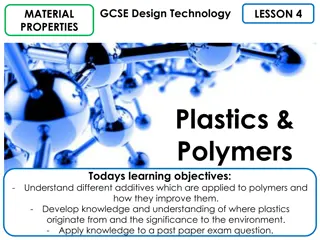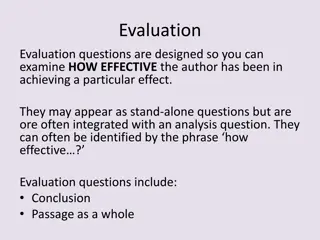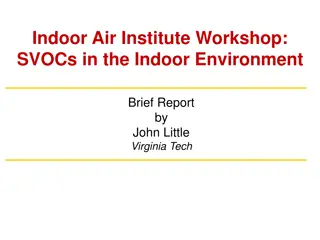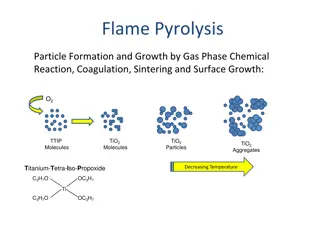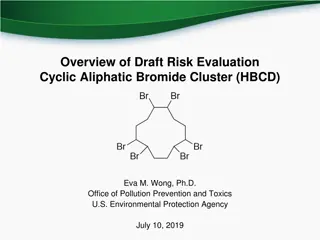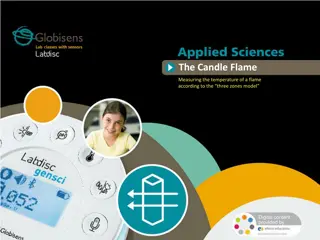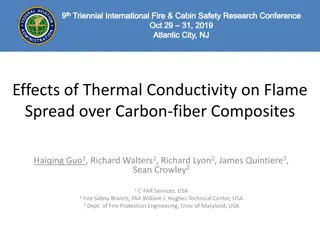Understanding Flame Retardants: Risks, Overview, and Conclusion
This presentation delves into the world of Flame Retardants (FRs), covering their purpose, where they are utilized, and the combustion process. It also explores the importance of risk assessment, chemicals of concern, sampling and analyses methods, addressing information gaps, and concluding with the crucial decision of whether to use FRs or seek alternatives.
Uploaded on Oct 02, 2024 | 0 Views
Download Presentation

Please find below an Image/Link to download the presentation.
The content on the website is provided AS IS for your information and personal use only. It may not be sold, licensed, or shared on other websites without obtaining consent from the author. Download presentation by click this link. If you encounter any issues during the download, it is possible that the publisher has removed the file from their server.
E N D
Presentation Transcript
Fig. 1: FR treated vs. untreated chair www.nist.gov Source: FLAME RETARDANTS To burn or not to burn? Martin Kizovsk
FLAME RETARDANTS (FRS) Content of the presentation: Overwiev what, where, how? Risk assessment why do we care? Sampling and analyses Information gap Conclusion
FRS OVERVIEW What? Chemicals that inhibit or delay the spread of fire Halogenated (Cl, Br), Organophosphorus, Nitrogen Where? Plastics, electronic circuit boards, building insulation materials, textiles, furniture Fig. 2: Using of FRs Source: www.sourcewatch.org
FRS OVERVIEW How? Fig. 3: Combusting process Source: www.garmentstech.com (C)BFRs: OPFRs: NFRs: interruption of radical chain mechanism in gas phase of combustion process release of water in solid phase + coating release of inert gases
FRS RISKASSESSMENT Why do we care? Persistency Long-range transport Bioaccumulation Endocrine disruption Carcinogenic
FRS RISKASSESSMENT Why do we care? Chemicals of concern PBDEs, HBCD, TBPH, TDCPP, TBB Fig. 6: FRs Timeline Source: www.ewg.org
FRS SAMPLINGAND ANALYSES Sampling Dust collecting (vacuum cleaner) Extraction acetone, toluene, hexane, DCM Soxhlet, ultra-sonication, column with silicagel Analysis GC-MS LC-MS LC-MS/MS
FRS INFORMATIONGAP Problem Not enough information about real functionality Not enough information about toxicity Ways to go Functionality test with basic/random objects (are they needed?) Biomonitoring long term (which & how are they toxic?) Update legislation as a result
FRS CONCLUSION "To burn or not to burn?" Depends on situation Consider risk on both sides Search for alternatives Fig. 7, Source: www.firebuddy.co.nz
FRS IMAGE SOURCES Fig. 1: https://www.nist.gov/sites/default/files/styles/1400_x_1400_limit/public/i mages/el/fire_research/15el003_burningchairs_lr.jpg?itok=OJhHNXY1 Fig. 2: http://www.sourcewatch.org/index.php/Flame_Retardants Fig. 3: http://garmentstech.com/why-need-to-know-your-clothing-are- flame-retardants-free/ Fig. 4: https://bcaction.org/site-content/uploads/2012/11/take-action- flame-retardants.png Fig. 5: http://saferchemicals.org/sc/wp- content/uploads/sites/3/typepad/times-sq-couch.png Fig. 6: http://www.ewg.org/enviroblog/2017/02/flame-retardant-roulette- swapping-one-toxic-compound-another Fig. 7: http://firebuddy.co.nz/wp-content/uploads/2015/04/chip-pan- fire.jpg Fig. 8: http://memes.com/img/1128020
FRS END Fig. 8, Source: www.memes.com
